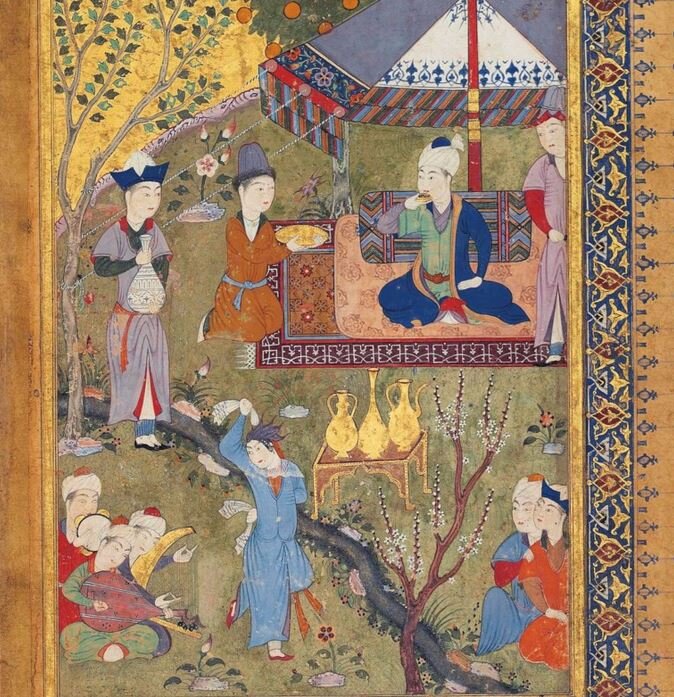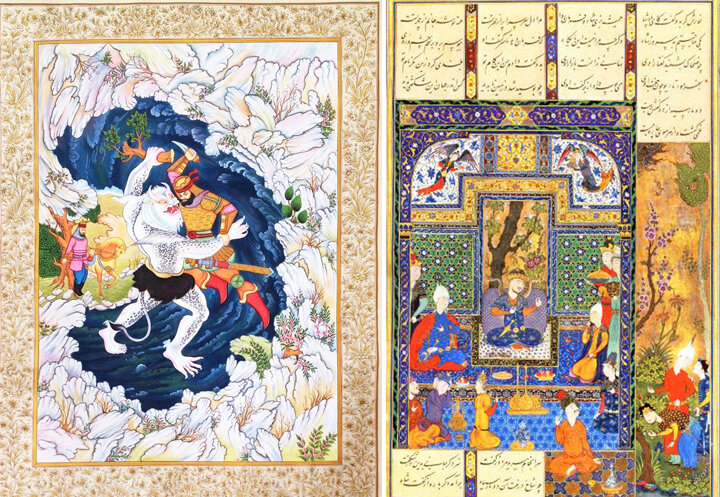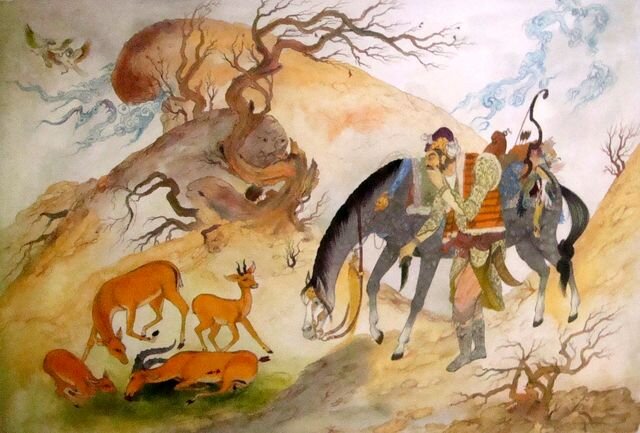Iran (IMNA) - Miniature is a French term meaning “tiny replica of nature”. The Persian miniature painting, flourishing in the early 17th century under the reign of the Ṣafavid ruler Shah Abbas I, depicts extravagantly minute religious or mythological themes.
Since Isfahan was the splendid capital of the Safavid dynasty, the city remains the best place to enjoy watching pure Iranian miniature. Ali Qapu, Chehel Sotoun and Hasht Behesht palaces as well as Qeysarie Bazaar in Isfahan represent the finest examples of Persian miniature in Isfahan.

Isfahani miniaturists unfasten the influence of the Chinese version and set their stance into a new road that was more inclined towards naturalism.
Elegance of natural poses close to reality, depiction of minor events of daily life with stunning precision and marvelous sharp colors are the features of Isfahan Miniature.
Various cultural and social events including imperial conquerors and banquets had a major influence on shaping and creating elements of Persian miniature in the Safavid era.

As a result of interaction between Iran and Europe in the mid-17th, European styles began to appear in the Persian miniature art and became standard practice.
During the Afsharid and Zand dynasties, Persian painting get ignored for many years; however, the art gained its prosperity from Qajar dynasty and remained popular till now.
Miniature Art inscribed on the UNESCO’s Representative List of the Intangible Cultural Heritage of Humanity in the 15th online Session of the Intergovernmental Committee for the Safeguarding of the Intangible Cultural Heritage.



Your Comment